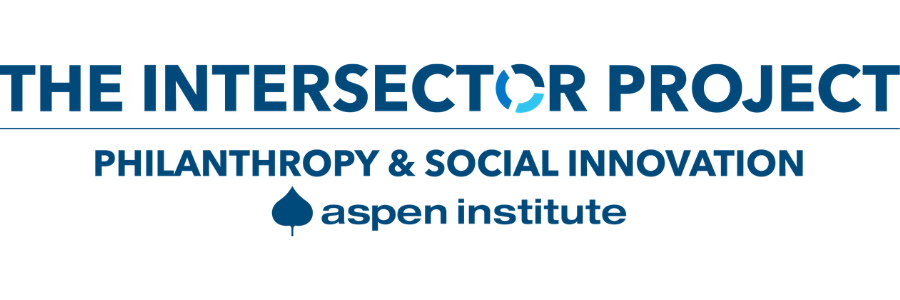“Creating an Environment for Healthy Lifestyles in Brownsville”
In 2001, the University of Texas School of Public Health (UTSPH) in Brownsville began clinical research to identify health risks in the community and found that 80 percent of Brownsville residents were either obese or overweight, one in three were diabetic, and 70 percent of residents had no healthcare coverage. Motivated by these indicators, UTSPH launched a media campaign and formed a Community Advisory Board to leverage the voices of community members to raise awareness of health issues and promote positive change in Brownsville. CAB has four stated goals: to work with UTSPH researchers to ensure that health information and research is accessible and fully understood by Brownsville residents; to share information, collaborate, and participate in forming networks and pursuing potential funding opportunities; to provide feedback on outreach and recruitment strategies; and to lead policy and environmental change interventions in partnership with local government and community entities. CAB began with 35 members and now comprises 210 members from the health field, business community, and a number of government, education, social service, and non-profit organizations. Members divide into subcommittees based on expertise, organizational affiliation, and jurisdictional or departmental authority. A five-member leadership team led by Belinda Reininger DrPH, Associate Professor at UTSPH, sets meeting agendas and runs the meetings, while the actions of the CAB are undertaken by its subcommittees. CAB members also approach the City Commission in their individual capacity to lobby for project funding or zoning requests. Although each initiative is managed individually, CAB creates a network that connects individuals from different programs and serves as a voice for a unified culture of health in the community.

